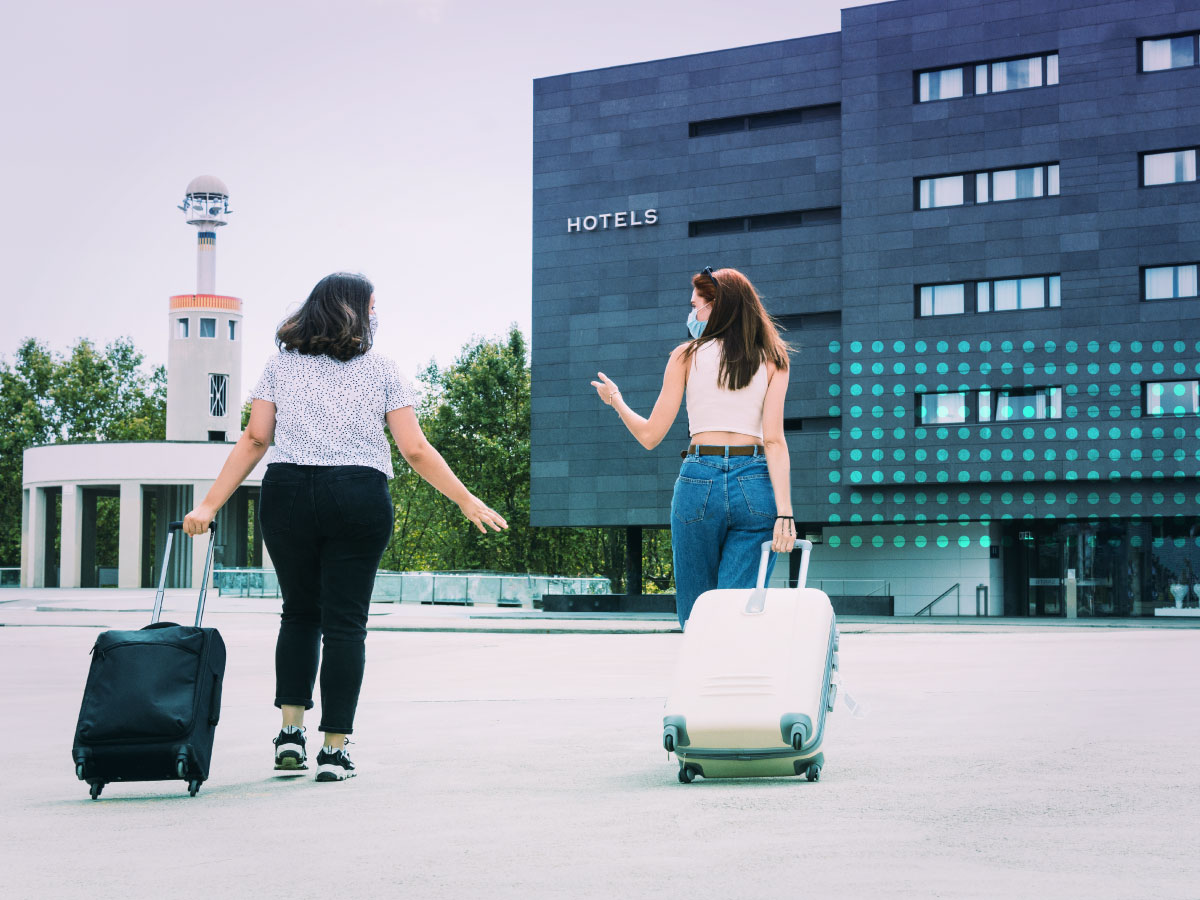

Reflecting back on a tumultuous year, it is becoming clear that there is no “getting back to normal.” Even if the holiday season is full of joy and standing within hugging-distance of loved ones, we as a global community have adapted to a completely new way of life. Needs, behaviors, expectations, and habits have changed, and no industry has felt this cut more deeply than travel and hospitality.
However, with change comes opportunity. By developing a nuanced understanding of consumer psychology and behavior, brands can better understand the new emotions around travel. By tapping into both positive and negative emotions, brands can create more willing, less anxious travelers who turn into loyal customers long after the pandemic is over.
The travel journey used to begin with excitement. Travelers might feel the itch to get away, the thrill of a great deal, the passion to explore, or the love of seeing family and friends. Excitement and enticement were strongly positive trigger emotions that could overcome the inertia of “staying put.” These emotions are still strong even now, but it is easy for travelers to forget the positive emotions when constantly reminded of the negative ones.
Not every communication needs to be about COVID right now, especially at the top of the purchase funnel. Safety is paramount, but brand communications that tap into positive emotions are a refreshing change of pace. Brands have an opportunity to differentiate by understanding how exploration, adventure, connection, and reconnection let consumers see a familiar future in their mind.
LRW, a Material Company has developed a behavioral science-based testing framework to measure the emotional appeal of your advertising & communication. Our method differentiates between strong and weak emotions, ensuring your messaging delivers the right feeling at the right intensity.
Nervousness has always been a part of the travel journey, and this has never been truer than it is today. Planning and precaution hit every traveler differently, but there are new things to worry about now: Will I be safe? Will others follow the rules? Will others respect my choices? Will brands enforce safety measures or restrict my autonomy? New negative emotions not only require new processes and procedures, but more importantly, they require new positive emotions to counter-balance them.
Travel and hospitality brands can relieve uncertainty by focusing on safety as a two-way street. The other side of safety is protection; both brands and consumers have a role to play here. Set clear expectations about what your brand is doing to ensure your customers’ safety while encouraging consumers to think about what they can do to keep others safe as well. This becomes a dialogue between brand and traveler, rather than a series of rules to follow and fear.
We study the friction around fear through a blind spot detection framework called Online Anthropology. We monitor and measure naturally-occurring conversations to identify friction points. Where are brands promising safety but failing to deliver? Where can brands do a better job setting and communicating expectations? Where do consumers feel the most tension and anxiety on their journey? When do they feel the greatest relief? Consumers are highly vocal right now. They are having active conversations across a number of online forums, but it is up to us to listen and engage.
Personally, one of my favorite travel ritual moments is the hot shower when I finally get home. In that moment, my emotions are salient, the memories are crisp, and I feel relieved to be back among the familiar. It is easy for both consumers and for brands to miss this opportunity to savor the moment. The moment we arrive home, it is easy to get swept back up in the demands of everyday life. A brand’s job is not finished when the plane lands or the folio is delivered; actively extending this moment of relief can drive loyalty and positive sentiment.
“Getting there” is not half the fun anymore, travelers still need to get home safely and not feel like they were exposed to unnecessary risks. Tying loyalty and retention outreach to an emotion like relief cements the experience in a positive emotion and offers an opportunity to learn more from travelers about their needs and experience.
Our company maximizes loyalty through integrated CX tracking programs. Our approach encourages brands to collect feedback at multiple touch points on the journey, especially in those critical post-consumption moments. This approach not only empowers employees to action while customers are still on their journey, but also provides a wealth of data for loyalty and retention messaging.
We know that there is no “going back” to a pre-pandemic lifestyle. The world is in a different place than it was in March of 2020. Emotions are high, and the journey has changed. Brands that succeed in this new environment will know how to manage the new emotions that punctuate the travel journey from inspiration to planning to post-journey loyalty. Those that ultimately win in the future will use the power of emotion to encourage exploration, safety, and belonging.
You must be logged in to post a comment.